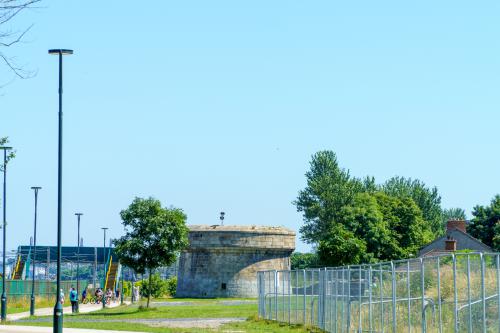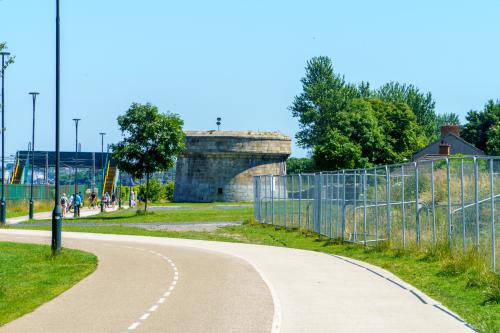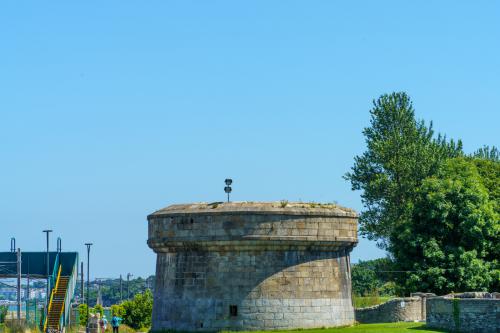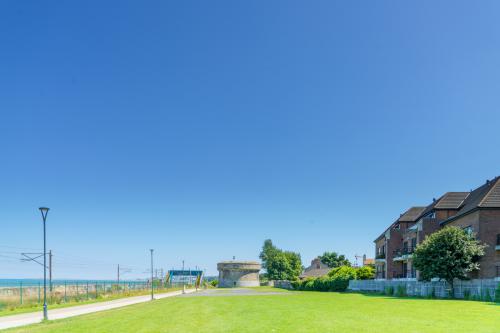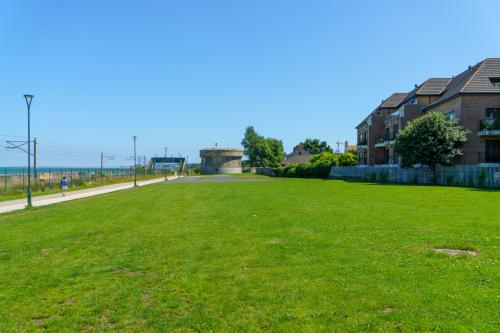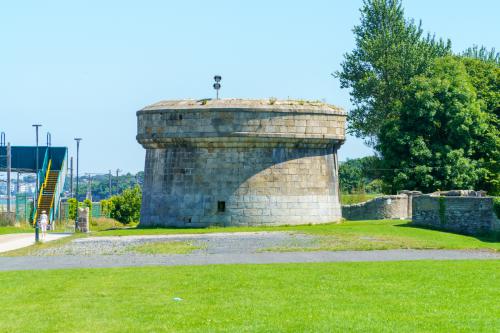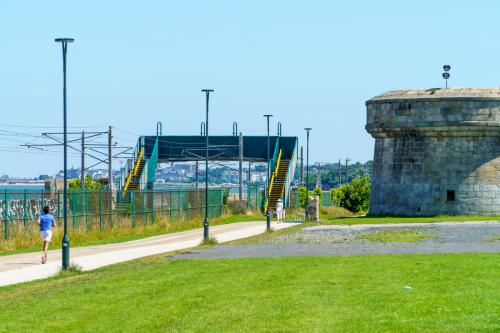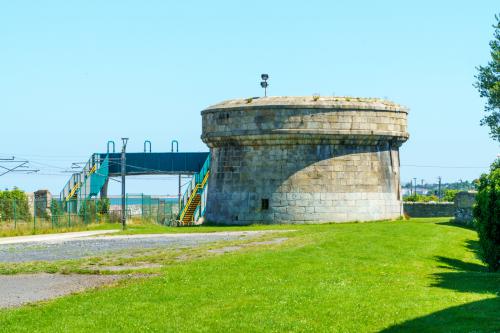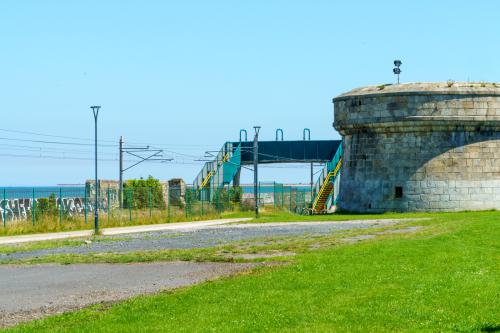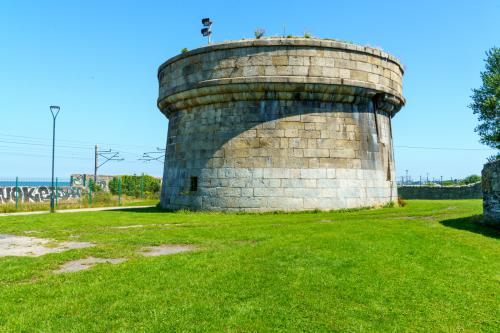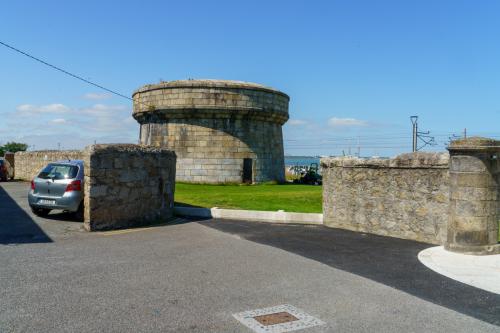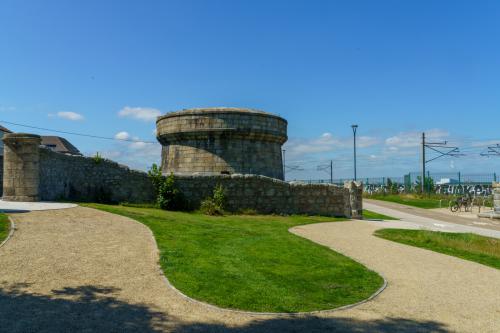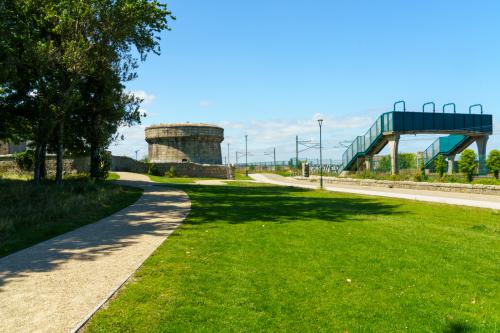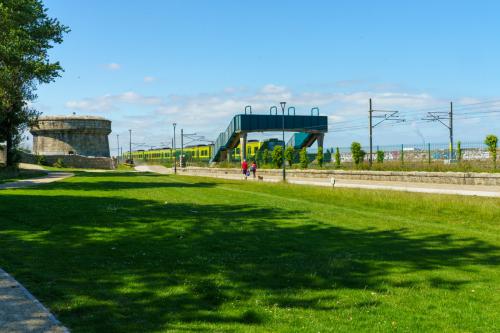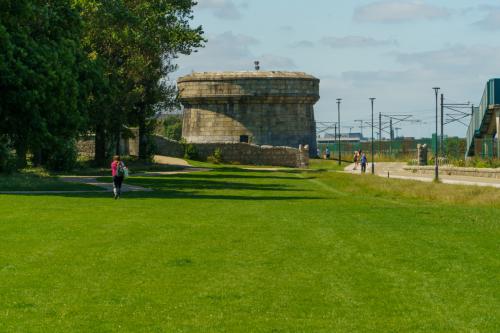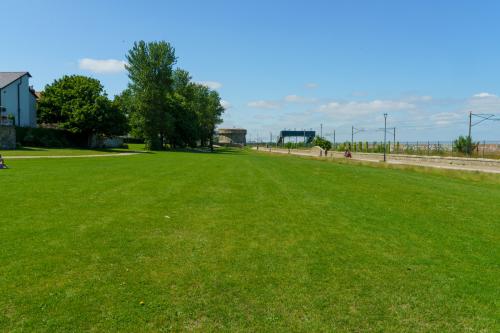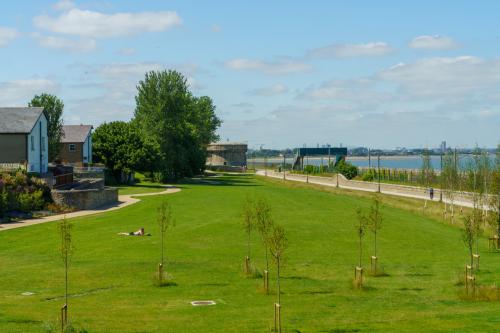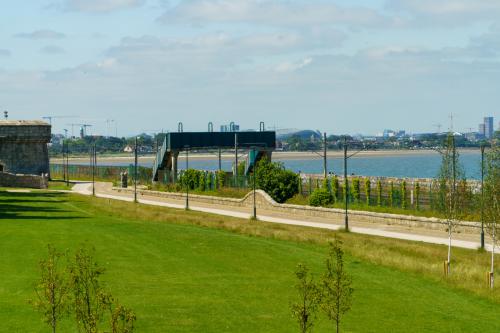MARTELLO TOWER No.15 2021 PHOTO DIARY
MARTELLO TOWER No.15 [WILLIAMSTOWN - BLACKROCK]
https://www.fingal.ie/sites/default/files/2019-04/Martello%20Towers%202008.pdf
Williamstown is located between Booterstown and Blackrock.
This was originally offshore and therefore surrounded by water as the site was selected to enable it to signal effectively, by flags, to its neighbouring Martello towers at Sandymount and Seapoint.
About fifty Martello towers were built around the Irish coastline, especially along the east coast, from Millmount (Drogheda), to Bray, around Dublin Bay (29 installations) but also around Cork Harbour on the south coast. On the east coast, concentrated mainly around Dublin Bay, twenty-six towers were in line of sight of each other, providing the ability to communicate with one another, or warn of any incoming attacks.
Possibly the most famous is the Martello tower in Sandycove, near Dún Laoghaire, in which James Joyce lived for a few days. Joyce shared the tower with Oliver St. John Gogarty, then a medical student but later to become famous in Irish history as a surgeon, politician and writer. In Ulysses, the fictional character Stephen Dedalus lives in the tower with a medical student, Malachi "Buck" Mulligan, whom Joyce based on Gogarty. The James Joyce Tower, as the tower is now known, houses a museum dedicated to Joyce.
A number of other Martello towers are extant nearby at Bullock Harbour, Dalkey Island, Williamstown, Seapoint and Sandymount and Martello towers feature in many literary works set in Dublin. During the 1980s, Bono owned the Martello tower in Bray, County Wicklow.
Martello Tower South No.7, on Tara Hill, Killiney Bay, is unique, as is its location as an enfilading tower. The Tower is privately owned and has been fully restored, to include a proofed, working King George 3rd Blomefield 18-pounder cannon mounted on a traversing carriage on the crown of the Tower. There is a three-gun battery below the tower, with a glacis. There is also a coach house, artillery store, tool shed, and gunner's cottage, with resident gunner and gunpowder store. The battery, while restored, remains to be armed and the coach house and artillery store still require some restoration.
On the north side of Dublin, one can find Martello towers in Balbriggan, Shenick Island and Red Island at Skerries, Drumanagh Fort, Rush, Tower Bay in Portrane, Donabate, Malahide (Hicks tower), Portmarnock, Ireland's Eye, Howth, and Sutton.
There were seven Martello towers in the vicinity of Cork Harbour of which five are extant. During the 19th century Fenian uprising, the famous Captain Mackey briefly captured and held the Monning Martello tower near Fota Island in Cork Harbour; this tower is believed to have been the only Martello tower ever captured, other than the original. The other Cork Harbour towers are at Ringaskiddy, Haulbowline Island (now part of the Irish Naval Service HQ) and at Belvelly and Rossleague on the Great Island (near Cobh). There are also Martello towers at Little Island and Rostellan, though these are no longer intact.
The British built two Martello towers on the Hook Peninsula to protect the fort near Duncannon, Co. Wexford and the entrance to Waterford Harbour. There is a third tower on the headland at Baginbun Bay in Co. Wexford.
One of the most interesting Martello towers is Meelick Martello Tower at Clonahenoge, County Offaly, guarding the Shannon river crossing to Meelick, County Galway. As this tower supports three guns (unlike the normal Martello tower which is circular on plan and carries only one gun), it is cam shaped on plan. Currently a rampant growth of ivy covers the tower.
The tower at Seapoint, County Dublin, which was the property of Blackrock Urban District Council was formerly the clubhouse of the Seapoint Boat Club from 1916 to 1931, and was subsequently the headquarters of the Genealogical Society of Ireland (GSI).The GSI vacated the tower when it found that the atmosphere was not conducive to the preservation of records.
The restored tower at Ilnacullin is a feature of an island garden in Glengarriff, County Cork. Several other towers are still extant, including one at Rathmullan in County Donegal and two in County Clare on the south coast of Galway Bay in the townlands of Finavarra and Aughinish. There is also an extant Martello tower located near the settlement of Magilligan Point in County Londonderry, built between 1812 and 1871 to defend against a possible French invasion during the Napoleonic Wars; it is now a visitor attraction.
A Martello-like tower was built on Achill Island, according to local memory during the Napoleonic Wars. It is square rather than round, unlike the traditional Martello tower. This tower is known locally as the Gabhla Fhranca ("French Tower") or the Napoleonic Tower. It is marked on an 1838 Ordnance Survey chart and denoted "Signal Tower," suggesting it was used with a series of other stations for communication. The tower's position offers a view of the sea both to the north and south of the island and is therefore well-suited for that purpose. By the 1830s the tower was described as a "watch-house of the coast-guard."
COPYRIGHT INFORMATION BELOW APPLIES ONLY TO PHOTOGRAPHS

This work by William Murphy aka Infomatique is licensed under a Creative Commons Attribution-NonCommercial-ShareAlike 4.0 International License.
Permissions beyond the scope of this license may be available at https://excellentstreetimages.com/in-the-year-twentytwenty/copyright/.
